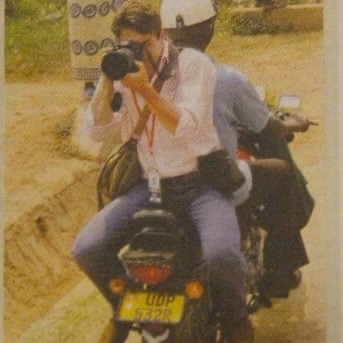
There’s an interesting annual poll Ipsos MORI does on trust in professions, which asks the British public who they most trust to tell the truth. It’s a great one to watch in this job.
Journalists are low down the list. But you’ll notice – jaw droppingly – PR execs are nowhere near the bottom. The bad news is that’s only because we’re not a category included in the survey. Advertising execs have been on the rankings, however, since 1983. And last year just 13 percent of the public said they trust our close cousins, lower than any other profession. (At the top were nurses, with a whopping 93 per cent.)
So why should you entertain for a second entering the sort of industry that’s trusted less than estate agents (realtors), professional footballers (soccer players) and bankers?
Because, if you’re at all interested in changing the world, here is where you need to be.
I’m lucky enough to have spent my time in public communications as a journalist with a global wire agency; a campaigner for a children’s charity; and in government at the heart of the COVID-19 response.
It’s not all blood, guts and drama. But I can say with confidence that our work averted conflict, brought countless children back from the brink of death, put forgotten diseases on the agenda, and helped tackle at least two epidemics.
Whether we intend to or not, all of us working in public communications have a hand in shaping the conditions that make change happen.
A message framed in the right way, at the right time, in the right voice, can create movements, change behaviour, and save lives.
Take our commitment here at Current Global to make our work inclusive of people of all abilities, Accessible by Design. It’s not just about producing things to ensure the one billion people with disabilities around the world can access them equally (like adding ‘alt-text’ to photos to help the visually impaired). Although that’s of course an important part of it.
By setting a new standard for the sector we’re fighting for accessible comms to become the norm in this industry and beyond, until people with disabilities are simply included in the way all of us communicate, all of the time.
So, whatever you call this business – PR or comms or public communications or something else – give it a shot if you want to play a part in shaping how people think, feel, and behave.
At the very least, in the heat of a breaking story the job becomes one part instinct and two parts jazz improv, and that’s thrilling.
We thrive on solving the toughest business and brand challenges. We’d love to discuss how we can help you ignite your spark.
hello@currentglobal.com